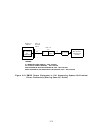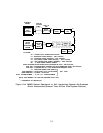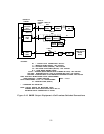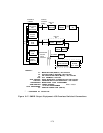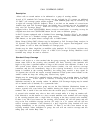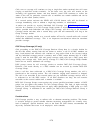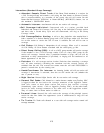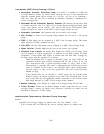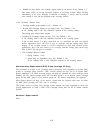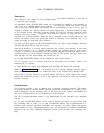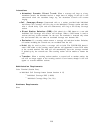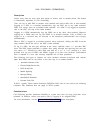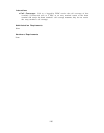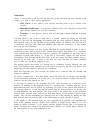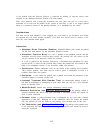Interactions (DGC Group Coverage; V2 Only)
●
●
●
●
●
●
●
●
●
●
Attendant Console, Switched Loop: If a SLAC is a member of a DGC-Call
Coverage Receiver Group, any DGC—Group Coverage call sent to this attendant will
enter the common queue and be treated as a coverage call, not as an Attendant—
DGC call. Thus, the call will be handled by whichever attendant is administered to
receive coverage calls.
Attendant Direct Extension Selector Console: The Selector Console can be used
to transfer and place calls to a DGC—Call Coverage Group provided the DGC group
access code appears on the console.
The status LED of the DXS button lights
steadily whenever all stations in the DGC—Call Coverage Group are busy.
Automatic Intercom: Auto Intercom calls do not receive call coverage.
Call Pickup: A DGC—Call Coverage Group member can also be in a call pickup
group.
DSS: A DSS button can be assigned to a DGC—Call Coverage Group. The button
lights whenever all DGC members are busy.
Flex DSS: The Flex DSS button can be assigned to a DGC—Call Coverage Group.
Night Service: Directed Night Service calls do not receive call coverage.
Personal Line Access: All outside lines directed to a DGC—Call Coverage Group
can be assigned to button appearances in addition to the DGC—Group Coverage
assignment.
If the outside lines appear at stations that also have DGC coverage by
the same group, then the operation is as follows:
When an incoming call is ringing in the DGC group, the status LEDs on the
appearance buttons light steadily, indicating that the line is busy. If the call
goes unanswered after a system-specified number of rings, then a delay
announcement is provided. The caller is subsequently put on hold and receives
music if available. If the system is not equipped with a delay announcement,
the call begins to ring at all line appearances after the system-specified
number of rings.
If the outside lines are not directed to a DGC group, but are provided DGC
Group Coverage, the feature operation is the same as for incoming calls on SA
keys except that the call appearance remains accessible at the covered station
after being directed to a DGC—Call Coverage Group member.
Station Hunting: Calls directed to a DGC—Call Coverage Group will not hunt.
Trunk Groups: Trunks can be directly assigned to DGC groups that also act as call
coverage groups.
Among tie trunks, only automatic incoming tie trunks can be
translated as directed to a DGC Group.
Administration Requirements (Standard Group Coverage)
System:
● Provide Call Coverage ringing on internal calls (Yes, No); Default = Yes.
If No, covered calls will flash but not ring at covering stations on internal calls.
2-80



